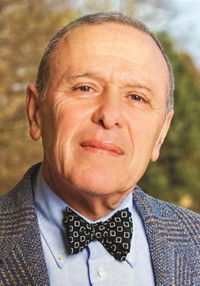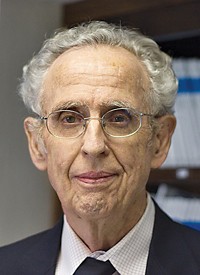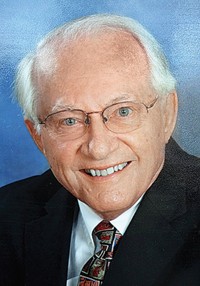Advertisement
Grab your lab coat. Let's get started
Welcome!
Welcome!
Create an account below to get 6 C&EN articles per month, receive newsletters and more - all free.
It seems this is your first time logging in online. Please enter the following information to continue.
As an ACS member you automatically get access to this site. All we need is few more details to create your reading experience.
Not you? Sign in with a different account.
Not you? Sign in with a different account.
ERROR 1
ERROR 1
ERROR 2
ERROR 2
ERROR 2
ERROR 2
ERROR 2
Password and Confirm password must match.
If you have an ACS member number, please enter it here so we can link this account to your membership. (optional)
ERROR 2
ACS values your privacy. By submitting your information, you are gaining access to C&EN and subscribing to our weekly newsletter. We use the information you provide to make your reading experience better, and we will never sell your data to third party members.
I was very pleased to follow the ongoing dialogue concerning Morrison & Boyd's "Organic Chemistry" text. Having entered New York University to major in chemistry in 1966, I was fortunate to have Robert Boyd as an instructor for three chemistry classes, including Organic Chemistry I, the first half of the sophomore-year organic class. There could not be a better way of starting a career in chemistry. Professor Boyd made chemistry come alive. He knew his book cold, and on more than one occasion, he told a student that the answer to his questions was contained in a problem some 50 or 100 pages ahead. Sure enough, he was right.
Morrison left the university just prior to my matriculation, so, sadly, I did not have the opportunity to enjoy his lectures firsthand. I did speak to some of his former students who could attest to his dynamic teaching skills. No wonder professors Morrison and Boyd could collaborate on such a cornerstone of chemical education. They wrote as they taught.
I left NYU in 1976 with A.B., M.S., and Ph.D. degrees in organic chemistry. During that time, I had many chances to talk to professor Boyd. He was the first "famous" chemist I ever met. Many times I knocked on his office door just to chat about the class I was taking with him. He was never too busy to pass the time with an awe-inspired student. Looking back, I think there were probably other things he would rather have been doing. But that was not his way.
During my senior year, I was required to take the Qualitative Organic Analysis course. This is familiar to all organic chemistry majors: Identify the compound and make two derivatives. This was before spectral analysis was used much. All we had available was a small desktop Perkin-Elmer IR spectrophotometer. Professor Boyd was teaching a similar course for first-year gradate students in the same large laboratory. In addition to mentoring his own students, professor Boyd would cruise over to the undergraduate section and provide wisdom and insight to us as well.
I still have my green second edition of M&B on the bookshelf. Mine is special because it contains professor Boyd's autograph. It also cost $19.95 to purchase. It is well-worn after almost 40 years of use. Every time I open that book, I recall fond memories of being a chemistry rookie, of my career in chemistry, and of a special professor who always had time for his students.
Howard S. Friedman
Philomath, Ore.
correction
March 6, page 33:
The number of asbestos personal injury claims Grace faced when it filed for bankruptcy reorganization in 2001 was 129,000, not 325,000.
March 13, page 56:
The insect that produces cochineal was identified as a parasitic beetle. It is not a beetle but a mealybug, Dactylopius coccus, and it is not a parasite. Beetles and mealybugs are in different insect orders.





Join the conversation
Contact the reporter
Submit a Letter to the Editor for publication
Engage with us on Twitter